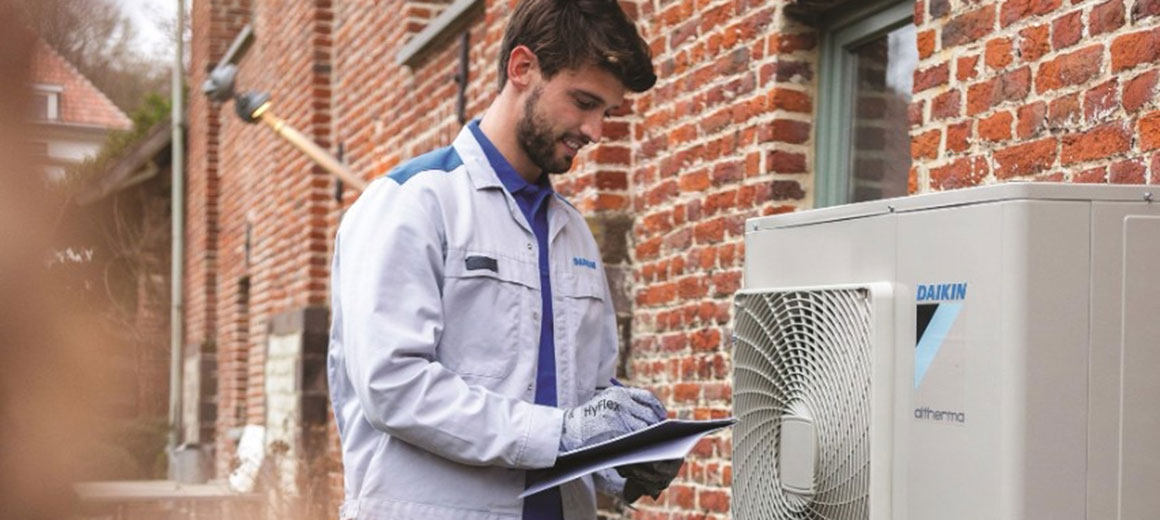Fluorinated gases (F-gases) are useful for use in a wide range of industrial and commercial applications. However, these powerful man-made greenhouse gases have a much higher global warming potential (GWP) than carbon dioxide. They have been found to be playing a significant role in climate change.
How quotas are discouraging use of gases with high GWP (Global Warming Potential)
The current F-gas phase-down first began in In March 2014, when the European Parliament passed a new regulation on the use of fluorinated greenhouse gases (F-Gases), which include HFCs (hydrofluorocarbons), PFCs (perfluorocarbons) and SF6 (sulphur hexafluoride).
The objective behind the phase-down of F-gases was to impact positively upon climate change, reducing availability by 79% between 2015 (when the regulation came into force) and 2030.
Why and how?
Fluorinated (F) gases are man-made gases. We now know that they can stay in the atmosphere for hundreds of years, and also that they are making a significant contribution to the so-called ‘global greenhouse’ effect. To illustrate this, the global warming effect of F-gases is up to 23,000 times greater than CO2.
Their key uses (some 75% in 2015) are as transfer fluids in refrigeration, air conditioning and heating. The landmark F-Gas Regulation was designed to reduce the use of such gases with a high GWP (Global Warming Potential) in refrigeration, heating and air conditioning applications across the European Union.
The original regulation set out a phase-down from 2015-2030, using a quota system based on the highest GWP gases. This phase-down of HFCs is designed to steadily reduce the global warming potential (GWP) of all gases in use. The target is to reduce the CO2 equivalent of all gases to 21% of the baseline by 2030.
So is it working?
Using 2015 as a baseline 100%, by 2020 this had reduced to 63%. Anticipated reductions from 2021- 2023 are expected to be in the order of 45%, with the baseline reduced to 21% by 2030.
There is no ban on any particular type of F-gas, and equipment using these gases can continue to operate. The quota system effectively limits the total GWP; the higher the GWP, the more expensive the gas becomes, which discourages use. Gases with the highest GWP are eliminated first largely due to impacts on servicing and maintenance costs.
Introduction of a service ban
In 2020, a service ban came into force. From this date, equipment with a charge in CO2 equivalent greater than 40 tonnes could no longer be refilled or serviced using virgin HFCs with a GWP > 2,500.
What is F-Gas Certification?
It is a legal requirement for all companies handling fluorinated greenhouse gases, commonly found in air conditioning refrigerants and other transfer liquids, to hold the F-Gas Company Certificate, commonly known as F-Gas certification. Even sole traders must be certified by an approved body if they are servicing equipment operated by others that contain F-gases. It is against the law to work with F-gases without the correct certification.
Cool and Heat can help your company maintain F-Gas compliance, find out how.







